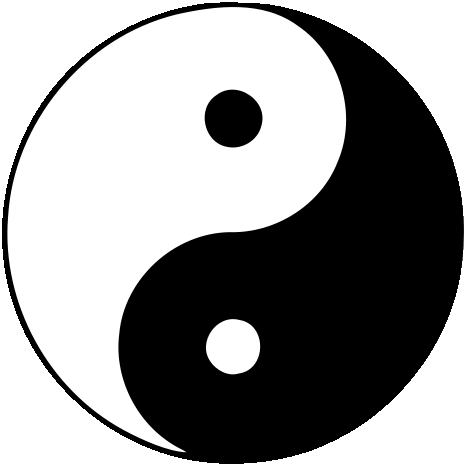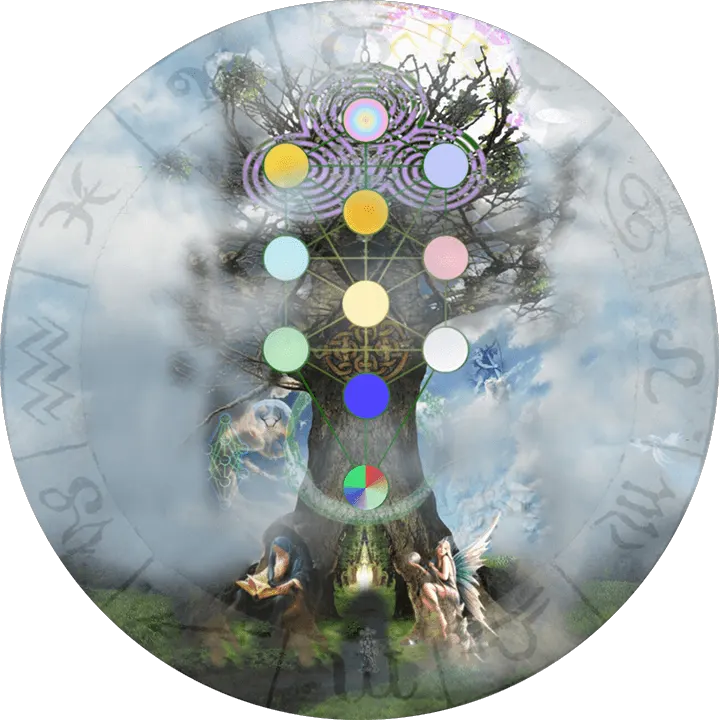The duality of creative energy.

Unlimited hedonism grants one less than a form of proper restraint. Think of a circuit with one side of the circuit charged positive and the other negative. The electricity flows but it doesn’t vary it just continues monotonously from one direction to the other, no buildups no action. This isn’t a design for actually having a circuit do work for you and compute or solve equations. For that you’ll need a more sophisticated circuit which can build up and release charge. This is also how one must think of life’s pursuits of pleasure. If we don’t have restraint our release is unremarkable. If we have restraint, our release can be spectacular and explosive.
Hedonism is a pursuit of life’s pleasure’s without restraint: if there is an itch: scratch it save you may miss the chance. To the hedonist’s mind this is the only way to maximum fulfillment in life, and “he who hesitates is lost”. But is this really true? Think of a person who drinks or smokes all the time, is their experience with this altered state like the first? No, our body builds up “tolerance” and we burn it out.
Hedonists and the mystics have a common goal. This is the secret many followers of religion are aware of. The old prayer to have it on Earth as it is in Heaven is not quite understood. When you go east however it’s more consciously understood that spiritual fulfillment brings pleasure and are the same. The mystic may have a special strategy to attain fulfillment that differs from the strategy of the hedonist, but their ultimate goal is the actually the same.
Why then do we see the prohibitions against pleasures in these religious systems? Extreme restraint is practiced by Abrahamic monotheistic institutions. Jewish practice of the Kabbala for example is to reduce the desire to receive pleasure until it amounts to the desire of God to bestow it. Their spiritual goal to not receive pleasure for oneself but only as a bestowal back to God, i.e. fulfilling god’s desire instead of their own, not only to become like the creator but also to give something back.
Christian practice of prohibiting sexual activity in a social way and Jesus’ words about looking at a woman may be cultural interpretations of these principles: “but I tell you that anyone who looks at a woman lustfully has already committed adultery with her in his heart” (Mathew 5:28). To teach one about the powers of the mind and a simple gaze and the internal practice of restraint may be embedded here.
Finally Islam taking it to the furthest irrational and veiling women in order that no pleasures come to man at the sight of a woman is another bizarre cultural institution that perhaps takes from this misunderstood principle of the mystics.
Why are all these religions doing this?
Perhaps it’s for the same reason the circuit board does. If simply the electric charge goes from one side of the circuit to the other without any variation there is nothing creative beheld. However if we put it through a tightly wound wire suspended in a vacuum we are able to behold light, as this pressure on the electrons to push through creates heat and the heat creates light we can use.
In the Book of Zohar it says: “Malchut herself is the will to receive pleasure. The ban imposed on the reception of pleasure for oneself is called the First Restriction (Tzimtzum Aleph). Restriction is a ban on the reception of pleasure; however, if the receiver aspires to please the Creator and not himself, he is allowed to receive the pleasure.“ (The Zohar, By Rav Micheal Laitman PhD., pg. 50)
So what is being taught here is actually to restrain in order to move beyond a simple automatic reflex in order to reach something greater. In both eastern and western traditions there is a recognition of the fact that a pursuit of lower pleasures deprives one the appreciation of the higher ones, and pursuit of the higher pleasures can actually bring one to appreciate more the lower.
Eastern practices talk about cutting wood and carrying water in the Zen like state of mind. At a certain point the most mundane activities become as intense as revelation and seeing heaven. They also incorporate very complex internal exercises which turn an otherwise mundane activity into something ecstatic. This requires years of work and failure to reach and return to basics again and again. Nevertheless what is being said here is that these eastern and western practices are essentially teaching the same thing.
Whats interesting to note is that while the west traditionally creates an atmosphere of repression even up to the highest levels of the theocratic state, the east does nearly the opposite at its upper echelons. Conversely the west created a culture of liberalism (antithesis of repression) out of this repression and the east did not.
Restraint is the opposite of release, but extreme restraint results in release just as extreme release results in gathering restraint.
This is the yoga of the east, which is also compatible with the west once properly understood. Disciplining the mind to gather oneself into a higher form of fulfillment.
It should also be noted the most exalted visions of the mystic describe an almost sexual union with the creator in divine love. Thus the opposition between lower and higher dissolves: as above so below. The Lords Prayer indeed was originally an earlier a pagan one invoking this concept.
The ones with the most have the least, and the first will be last. In this context the idea could be understood that given over to their earthly impulses and being unable to restrain oneself you reduct quality of their immediate experience.
In the Book of Zohar it states: “Whether Malchut wants it or not, if she (soul, man) has egoistic desires, the Light will not enter her (be felt within her). Hence, we are utterly unable to feel the spiritual (the Creator).” (IBID, pg. 51)

There is a duality in the polarities of restraint and release. Take a bow and arrow for example. While release has its open quality it can also proceed the arrow. Restraining the bow string and pulling it back is a resistance results in the arrow’s flight. Once it’s released you can load another arrow. Thus restraint can result in release and release result in restraint. The bow is a symbol of the feminine and the arrow the masculine each restrain and release the other. Normally by restraint we are looking at accumulation. A cup or vessel needs its foundation and walls to restrain the solution within its boundaries. Without restraint there is no accumulation, and without accumulation there is no form.
Excessive restraint leads to release, excessive release seeks restraint. We can see this among human social expressions as well. A total dissolution of boundaries ironically requires total coercion (boundaries) to reach it. This suggests that simplistic thinking about these concepts is self defeating and self contradictory. Restraint and prohibition, actually prepares one for a spectacular release perhaps like what we saw in the psychedelic 60s. The Taoist idea of masculine energy being that of fire and feminine as that of water suggests that the two can neutralize each other. One must sustain it by using restraint. Advanced forms of meditation are no longer about emptying the mind or opening the body and energy with relaxation, but require dynamic tension and concentration to build up energy.












